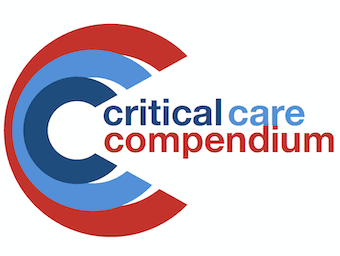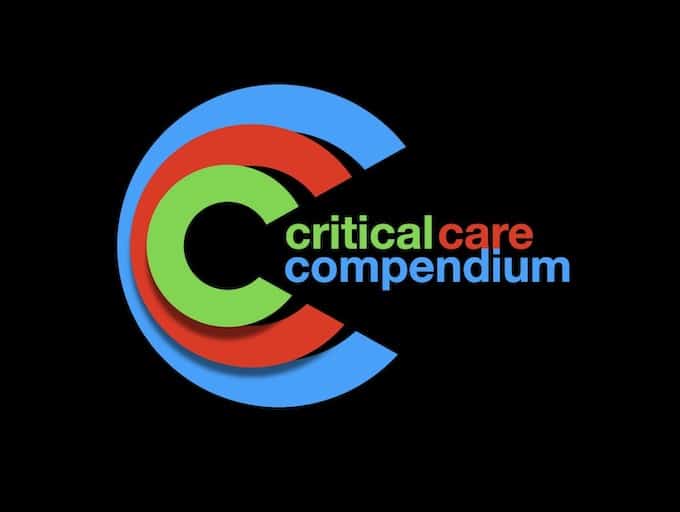
Bronchiolitis
Goals: resuscitation severity and stability of disease assessment of possible differentials including cardiac disease, influenzae, pertussis stabilisation and possible transfer to neonatal/SCBU if required
The LITFL Critical Care Compendium is a comprehensive collection of pages concisely covering the core topics and controversies of critical care.

Goals: resuscitation severity and stability of disease assessment of possible differentials including cardiac disease, influenzae, pertussis stabilisation and possible transfer to neonatal/SCBU if required

Reviewed and revised 19 May 2014 OVERVIEW Prone positioning can be used in mechanically ventilated patients with severe hypoxic respiratory failure to optimise oxygenation Refer to Prone Positioning for Hypoxic Respiratory Failure on INTENSIVE for the Alfred ICU guideline, cognitive…

Mechanical ventilation with application of pressure to the lung, whether positive or negative, can cause damage known as ventilator-associated lung injury (VALI)

Recruitment manoeuvres are transient increases in transpulmonary pressure designed to open up collapsed airless alveoli. Primarily used in severe acute respiratory distress syndrome (ARDS)

bronchial blocker is a device that can isolate part of the bronchial tree at the lobar level

Setting Up a Ventilator

Central pontine myelinolysis is a demyelinating disorder that affects the brainstem white matter, mostly central pons and occasionally cerebral hemispheres (then called ‘extrapontine myelinolysis’)

Important causes of diseases affecting the cerebellum

Dementia is a syndrome of acquired intellectual impairment characterized by persistent deficits in at least three of the following areas of mental activity: memory; language; visuospatial skills; personality/emotional state; cognition (abstraction, mathematics, and judgment)

Differential diagnosis of cranial nerve lesions includes central and peripheral causes. Causes vary according to which cranial nerve is affected, and whether multiple cranial nerves are involved. See also

Diseases that affect the the peripheral nerves, either motor or sensory. Important subgroups for differential diagnosis are: predominately motor, painful peripheral neuropathies and mononeuritis multiplex

A radiculopathy is sensory or motor dysfunction resulting from pathology involving a spinal nerve root. Symptoms include weakness, burning, tingling, and ‘shooting’ pain in a nerve root distribution.